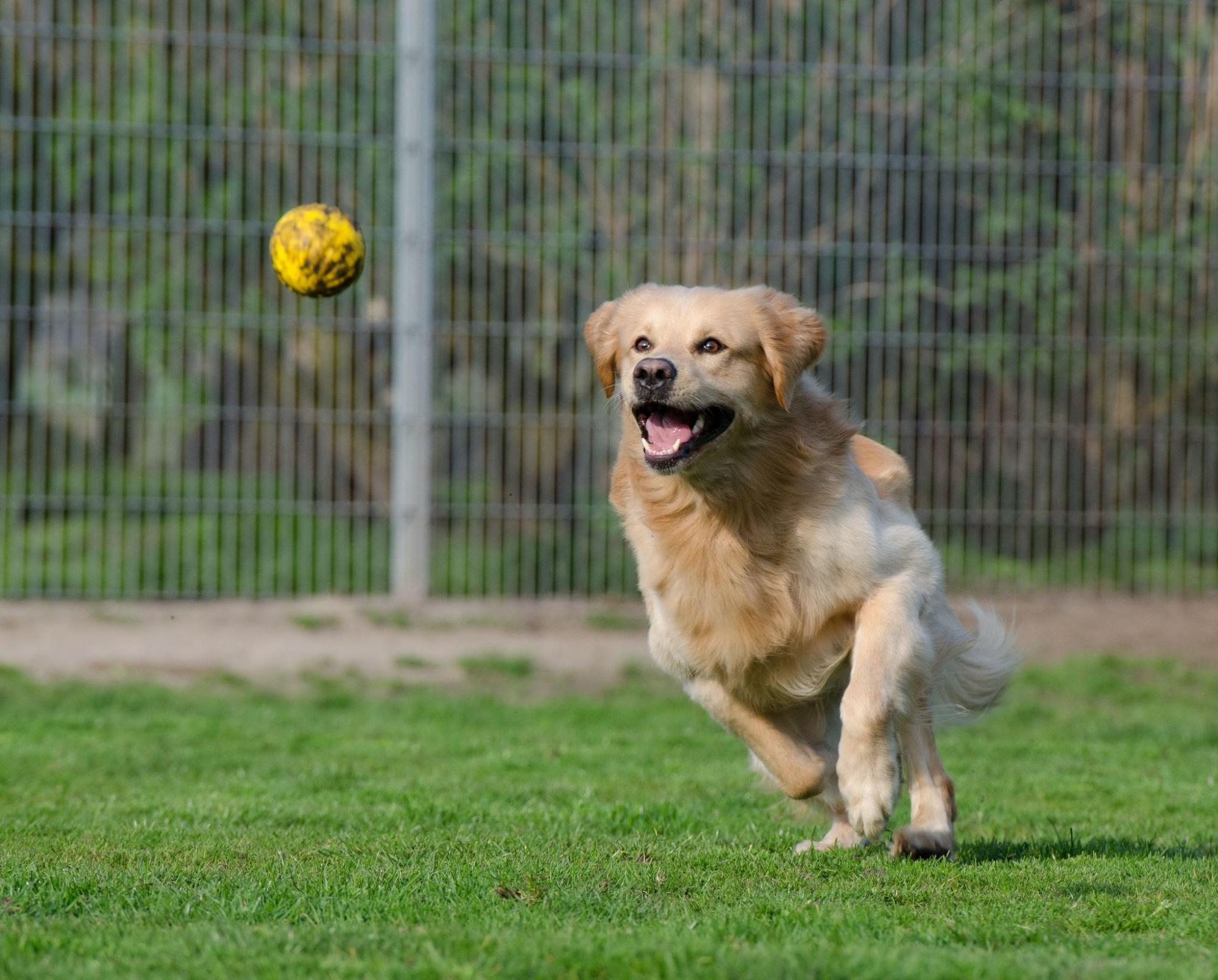The Complete Guide for Setting Up a Dog Agility Course at Home

Are you a proud dog owner who wants to provide a fun and challenging activity for your furry friend? Setting up a dog agility course at home can be an excellent way to engage your canine companion both physically and mentally. In this comprehensive guide, we will walk you through the process of creating a dog agility course in the comfort of your own backyard. Whether you’re a seasoned agility enthusiast or a beginner, this article will provide you with all the information you need to get started.
Benefits of Dog Agility Training
Here, we will delve into the various advantages of engaging your dog in agility training. From physical fitness and mental stimulation to strengthening the bond between you and your pet, we will explore how agility can positively impact your dog’s overall well-being.
Assessing Your Space and Budget
Before diving into the setup process, it is crucial to evaluate the available space in your backyard and determine your budget. This section will guide you through the steps of measuring your space and allocating funds for the agility course project.
Essential Equipment for a Dog Agility Course
In this section, we will outline the essential equipment you’ll need to include in your dog agility course. From jumps and tunnels to weave poles and contact obstacles, we will explain the purpose of each piece of equipment and provide recommendations for suitable options.
Designing Your Course Layout
Creating an efficient and engaging course layout is essential for a successful agility training experience. Here, we will discuss the key considerations when designing your course, including the flow, spacing, and sequencing of the obstacles. We will also provide sample course layouts for different skill levels.
Step-by-Step Guide to Setting Up the Course
Now that you have a clear plan and layout in mind, it’s time to set up the course. In this section, we will provide a step-by-step guide to help you assemble the equipment, position the obstacles correctly, and ensure the course is safe and functional for your dog.
Training Tips for Your Dog
Setting up the course is only the beginning; proper training is crucial to ensure your dog understands how to navigate the obstacles. We will share expert tips on how to introduce your dog to agility training, establish basic commands, and gradually increase the difficulty level as your dog progresses.
Safety Considerations
Safety should always be a top priority when engaging in dog agility training. This section will cover essential safety measures, including proper warm-up and cool-down exercises, monitoring your dog’s health during training sessions, and creating a safe environment to prevent injuries.
Maintaining and Upgrading Your Course
Once your dog agility course is up and running, it’s important to maintain and occasionally upgrade the equipment. In this section, we will provide maintenance tips to ensure the longevity of the obstacles and suggest ways to enhance the course as your dog’s skills advance.
FAQs Related to At Home Dog Agility Course
Question #1: How do I start agility training for my dog at home?
To start agility training for your dog at home, follow these steps:
- Begin with basic obedience training to establish a foundation of commands such as sit, stay, and come.
- Introduce your dog to the agility equipment gradually, starting with simpler obstacles like tunnels or low jumps.
- Use positive reinforcement techniques, such as treats and praise, to encourage your dog’s participation and success.
- Break down each obstacle into smaller steps, teaching your dog one component at a time.
- Practice regularly, but keep training sessions short and enjoyable to maintain your dog’s interest.
- Gradually increase the difficulty level as your dog becomes more comfortable and confident.
Question #2: How do you set up dog agility?
To set up a dog agility course, follow these guidelines:
- Assess your available space and determine the layout for your course.
- Purchase or build the necessary equipment, including jumps, tunnels, weave poles, and contact obstacles.
- Position the equipment according to your desired course design, ensuring adequate spacing and safety.
- Secure the equipment firmly to the ground to prevent movement during training sessions.
- Consider using markers or cones to indicate the correct path for your dog.
- Create a designated starting and finishing point for each run.
Question #3: How much space do you need for a dog agility course?
The space required for a dog agility course can vary depending on the size and number of obstacles. As a general guideline, you should aim for a minimum space of approximately 60 feet by 90 feet (18 meters by 27 meters) to accommodate a full agility course comfortably. However, you can adjust the course layout and select smaller-scale equipment to fit smaller spaces.
Question #4: What is the most important dog agility course equipment?
While each piece of equipment in a dog agility course serves a purpose, the most important equipment can vary depending on the training goals and the dog’s skill level. However, some commonly regarded essential equipment includes:
- Jumps: These come in various heights and designs and help develop your dog’s jumping skills.
- Tunnels: Dogs love the excitement of running through tunnels, and they enhance speed and confidence.
- Weave Poles: Weave poles improve your dog’s agility and focus as they maneuver through the poles.
- Contact Obstacles: These include the A-frame, dog walk, and seesaw, which train your dog to navigate elevated surfaces with stability and control.
Conclusion
In conclusion, setting up a dog agility course at home offers a multitude of benefits for both you and your four-legged friend. It provides an opportunity for exercise, mental stimulation, and bonding. By following this comprehensive guide, you can create a safe and engaging course that will keep your dog entertained and challenged for years to come.



